Why Do Mirrorless Cameras Have Exposed Sensors?
Usually headline questions are followed by the answer within the blog post, however in this case, it is a legitimate question.
That is me actually asking the world, why do mirrorless cameras have exposed sensors????
I had shot DSLR’s solely for 3yrs before adding a mirrorless system to my kit 2yrs ago for my personal photography.
Whenever you switch lenses on either system, you risk catching dust on the sensor. Having good lens changing etiquette is a must!
Whenever I see my photographer friends, or anyone handling my camera equipment, I make a big fuss about them changing the lenses quickly and efficiently. Always having the camera turned off and facing down at all times.
To be honest, I have NEVER cleaned my camera sensor. There was a stage within my photography life where I didn’t own a camera long enough for me to justify having it cleaned.
However, I now have a Nikon D610 which has been my daily workhorse for coming upto 2yrs with over 90k actuations, I’m starting to see dust spots, especially as I shoot real-estate daily at f/8-f/11.
I feel I have managed to get away with not cleaning it sooner for a few reasons…
Firstly, I rarely change lenses on this camera as its my daily workhorse, the Sigma 12-24mm f/4.5-5.6 is generally mounted to this camera at all times.
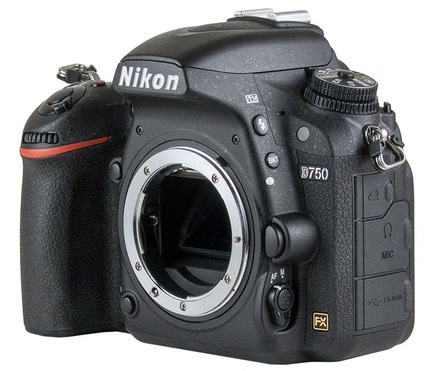
Secondly, when you change your lens on a DSLR, there’s a mirror and then the shutter covering the sensor. To get to the sensor on a DSLR, you have to go into the menu system to select a cleaning mode, then press the shutter for all to be revealed.
So this brings me back to my headline question…
“Why Do Mirrorless Cameras Have Exposed Sensors?”
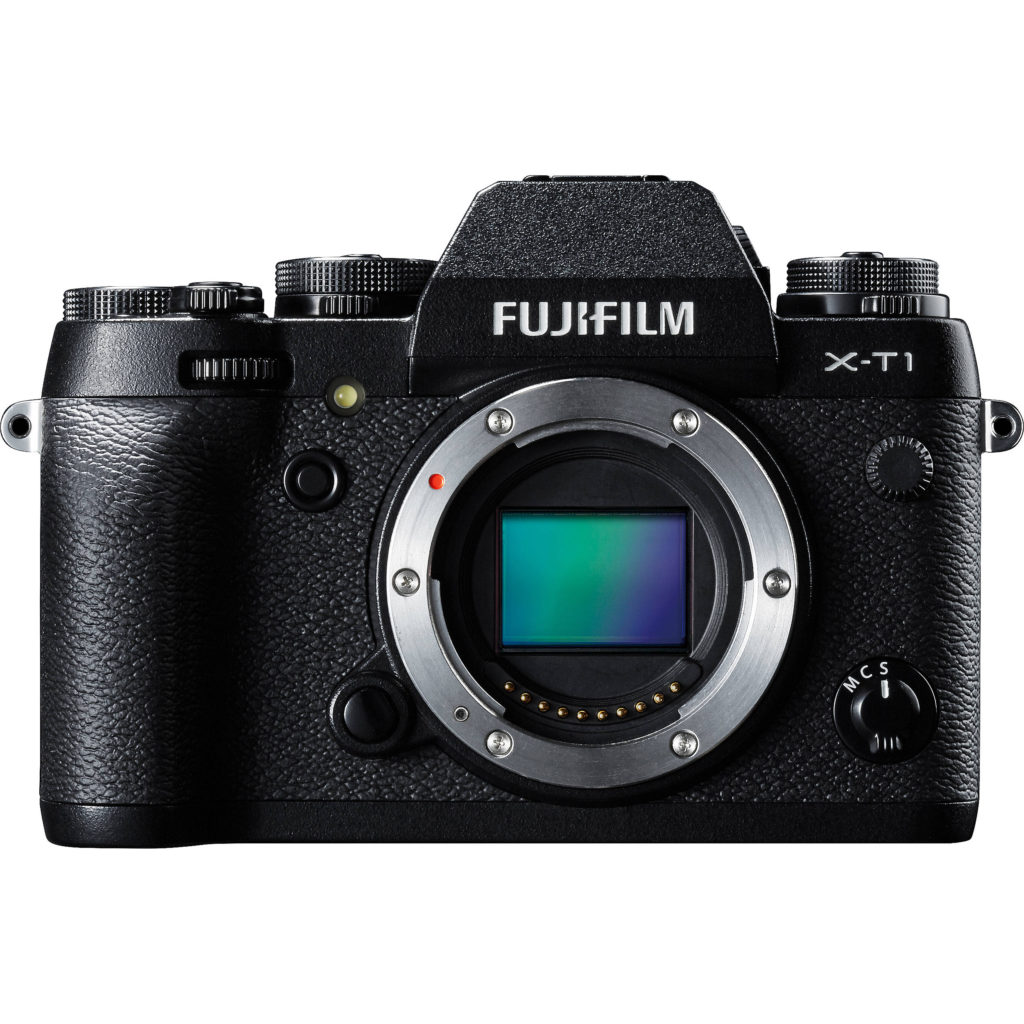
I have been a mirrorless shooter for over 2yrs now and similarly to my DSLR situation, I simply haven’t owned a camera long enough to justify a clean.
I’ve had the Fuji X-E1, XM1, XT1, Sony A7II, A7s, A5100, and A7R II. Each camera I’ve own for under 6months before switching to the next. All except the A7R II (to read my review, click here), where I have not owned this camera for around 9months.
I have used the Sony A7R II a lot, as within the time of owning it, both my sisters have had babies, as well as my girlfriends sister, my cousins and a couple of my friends. This year has been baby crazy for me!
Whenever I see them I am shooting photos of my family and friends wherever possible which means I am using this Sony A7R II a lot and I’m regularly switching lenses.
As beautiful as it is to take the lens off and see a full frame sensor, it’s not practical. Why does the shutter not cover the sensor until cleaning mode is set like a DSLR?
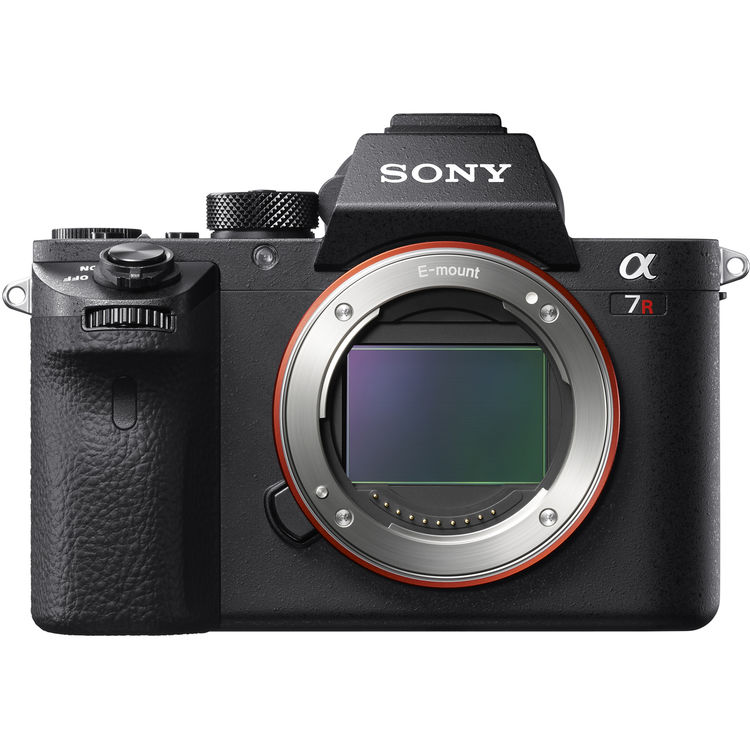
The risk of sensor dust is just too much!
It’s not a big deal if it’s a Studio setup as you can have more control with your environment, however the benefits of mirrorless is so that’s its smaller/lighter for travel purposes (although this can be heavily debated, it was one of the benefits for mirrorless at one point at least), so if you were to change lenses in the field, you are simply opening up the opportunity to having your sensor covered in dust.
I am at the stage where I need to get my Sony A7R II cleaned, however sending it back to Sony for a clean is not an option for me due to their poor customer support service.
I have seen various YouTube clips on how to clean a mirrorless sensor, but the idea of cleaning my own sensor is daunting as I do not want to get it wrong regardless of how simple the videos make it seem.
I have gotten away with simply using a Rocket Blower and Compressed Air, however I am approaching a stage where I will eventually need to get the sensor cleaned properly as I’m starting to see stubborn dust particles on my sensor.
Sensor cleaning is inevitable if you own a camera long enough, however Nikon and Canon have authorised service centres around, as well as their professional services where you can send it directly back to them.
Sony however, there’s not much around, especially not locally.
So if anyone out there can answer this question for me and/or point me in the right direction for a tried and tested professional sensor clean in London, please do let me know.
However, in closing I am also posing an open question to all camera manufacturers and ask why they expose the sensors as they do on mirrorless systems rather than having the shutter cover it as further protection from the elements when switching lenses.

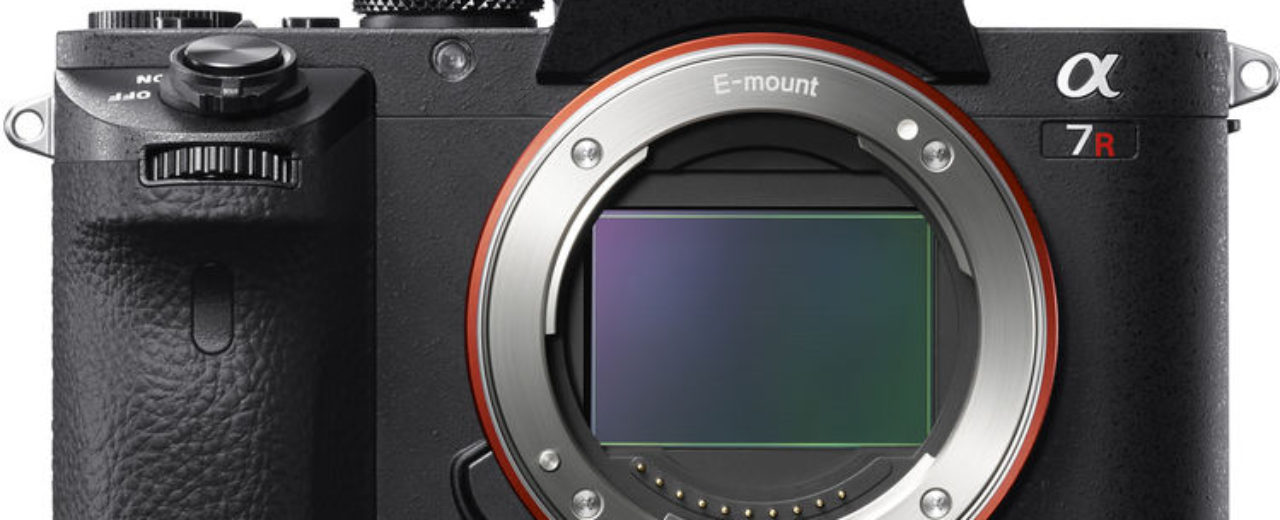
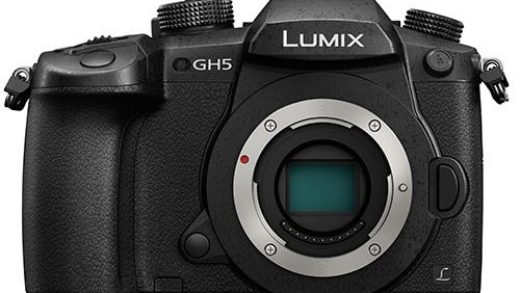
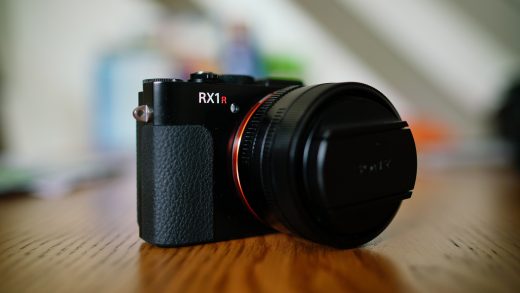
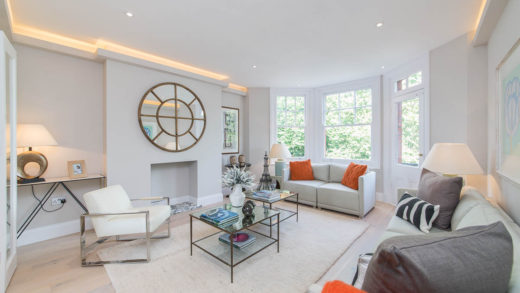

this has baffled me too.
leica protects their sensors with a curtain and in a way they could be classified as mirrorless.
why canny fuji and sony do this?
Hi Adam, thanks for the comment!
I’m glad I’m not the only one!
I had no idea Leica covered their sensors… I’ve shot with a Leica SL very briefly, but didn’t need to switch lenses so was completely unaware that they had the sense to cover their sensors!
Hopefully this message somehow gets to someone at Sony/Fuji/Panasonic so that they can update this in firmware or something…
I know this is an old post, but there are two reasons.
First, with mirrorless you are literally using the sensor to look at the scene when you look at the LCD or through the viewfinder. They have to leave the sensor open to the lens so that you can see what you are shooting, just like in Live View on a DSLR. With a DSLR the mirror and prism are bouncing the scene from the lens to your eye, so you are basically looking right out the lens like a periscope and you can do that even if the camera is shut off. With an electronic viewfinder you have to look “through” the sensor all the time.
Second, with mirrorless the sensor has the focusing array and exposure metering built into it, so the sensor has to be exposed to the lens for that also. There is no mirror to bounce the image from the lens up into a focusing and exposure system before the sensor is exposed to the light when the mirror and shutter open like there is in a DSLR.
So how does it use a shutter then if it is always “on”??? Well, the sensor has different modes. Normally it is in EVF mode. When you hit the shutter button part way down it goes into exposure and focusing mode. When you hit the shutter all the way down it goes into shooting mode. In shooting mode it pulls up the shutter in front of it, then starts to process light into a file (still complete darkness at this point), then drops the shutter down and absorbs the light into a file, then drops the other half of the shutter down to cover itself up again, then stops absorbing light. So whatever the shutter speed that was needed is the time in between the first curtain dropping and the second curtain dropping. Then it goes back to EVF mode and resets the curtains.
So the shutter is actually the same as a DSLR with the exception that it has to first pull the curtain assembly up over itself, whereas the DSLR already has the curtain resting in place over the sensor. If you have an electronic shutter it simply doesn’t start recording any data until you press the shutter button and then it records data for as long as the shutter speed dictates, without needing any curtains at all.
But that begs the question, why not pull the shutter curtains up over the sensor when you shut the camera off???? Because they are very fragile and very very sensitive to grease and oil and dust and not easily cleaned. It is much easier to clean the sensor than it would be to clean malfunctioning curtain leaves, springs, gears, etc. With a mirror camera, the mirror itself acts as a barrier to keep the shutter curtains safe. Sure you can flip the mirror up and touch the shutter if you are crazy, but it’s a deterrent and the shutter is set way back in the body. On the mirrorless camera the shutter is exposed right up in the front like a raw nerve and it would be very easy for something to damage it or temptation to cause you to touch it with your finger and get oil from your hand on it.
Hello,
You pretend to be a “professional” and you cannot clean your sensor yourself ? I have been doing that since my first Nikon D200 all the way to the D5, and also now on any of any of my 5 Sony bodies…
Regards,
Lionel.